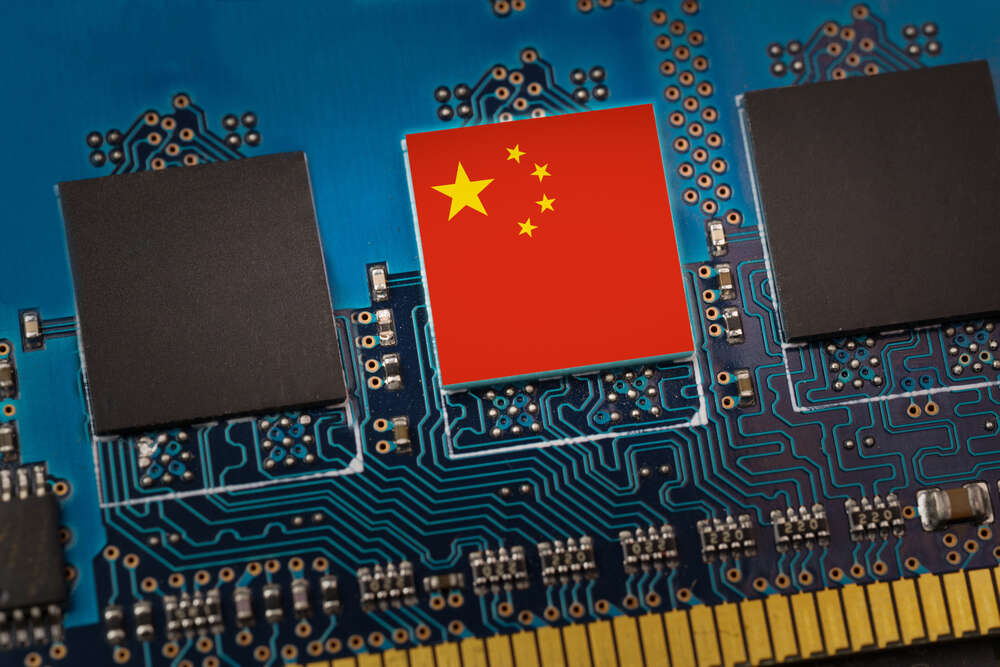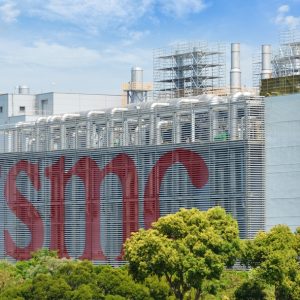
China’s enterprise IT market is set to grow by 8.5% a year up to 2026, in part due to ongoing government initiatives that prioritise industrial digitalisation, new research says. The predicted growth will come despite sanctions from the US barring Chinese companies from selling into the US on national security grounds.

Research from GlobalData shows that most of the government investment has come in the form of the expansion of China’s 5G infrastructure and extensive use of digital applications including e-commerce and digital payments. This has helped drive demand and products inside the country, offsetting US sanctions.
China IT industry set to grow on domestic demand
Manufacturing is still a central focus for the Chinese economy but the drive to diversify and create a more digital economy has been a central objective for the 2021-2025 five-year plan set out by the ruling Communist Party, which is “significantly driving the demand for various ICT products and services in China,” said Pragyan Tarasia, technology analyst at GlobalData.
IT software is proving to be the largest single segment of China’s IT growth, at a 10% compound growth rate expected to help the market reach $171.9bn by 2026. This is being driven by automation and application-based services which are supporting digitalisation efforts.
“Chinese tech giants such as Huawei, ZTE, Xiaomi, and Haier that are specialised in hardware or telecommunication equipment also have a strong presence in the software segment,” said Tarasia.
“The presence of other key domestic IT players such as Alibaba, Tencent, and Baidu has also significantly increased the innovation capability of China’s IT software segment.”
While the growth is a result of making the country more digitally and economically diverse, the largest driver of IT market revenue will continue to be China’s traditionally strong manufacturing sector. The industry will account for a 14.2% share of the growth as it makes investments that will “boost intelligent manufacturing in the country,” said Tarasia.
“While China boasts companies like Xiaomi in smart hardware and Beijing Automotive Group in automotive, it also hosts factories and production units for several international industrial conglomerates,” Tarasia says. “The five-year plan for smart manufacturing to support large manufacturers achieve digitalisation by 2025 will boost intelligent manufacturing in the country.”
US Chinese sanctions
While Chinese tech companies are set to make hay at home, doing business abroad is becoming increasingly tricky. On Friday, the US Federal Communications Commission confirmed further sanctions on Huawei and ZTE, barring the companies from selling in the US. The move is designed to “build a more secure and resilient supply chain” and banned items include phones, cameras and home WiFi routers. It also includes any re-branded equipment manufactured in China by those two companies.
The latest crackdown comes after export controls that affected the Chinese semiconductor industry and is the first FCC ban of electronics equipment on national security grounds.
It is expected the FCC will also ban the sale of communications and video surveillance equipment from Hikvision, Dahua and Hytera used for surveillance of government facilities and critical infrastructure. This follows a similar move that saw the UK ban the installation of new Hikvision CCTV cameras on government and public buildings.
There have been growing calls for a ban on their use, particularly in sensitive and high-security areas, in part due to Hikvision’s alleged role in aiding Chinese oppression in the Xinjiang province and Tibet. Big Brother Watch’s report alleged that Hikvision and Dahua have participated in China’s oppression of the Uyghur community in Xinjiang.
The new decision by the UK government includes a ban on the future installation of any security cameras made by companies subject to Chinese security laws and came after a review of the security risks linked to surveillance systems on the government estate.
While sanctions may have slowed down growth from certain companies in China, the GlobalData analysis suggests this has largely been offset by increased investment within the country itself and the growth of the home market.
Tarasia adds: “Recent sanctions from developed nations may stifle China’s future industry growth by some extent. For instance, the US Commerce Department has prohibited supplying high-tech equipment to chipmakers in China. This type of sanctions will have a negative impact on China’s growth rate in chip technology.”






